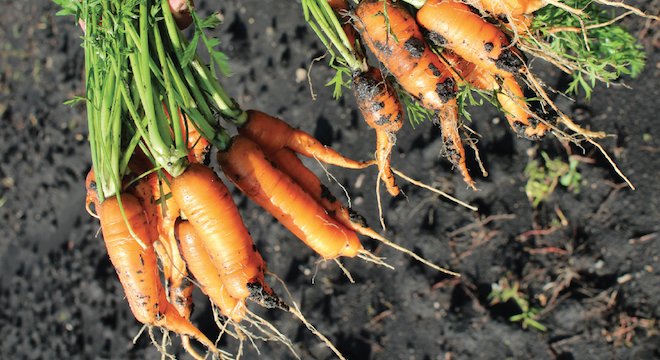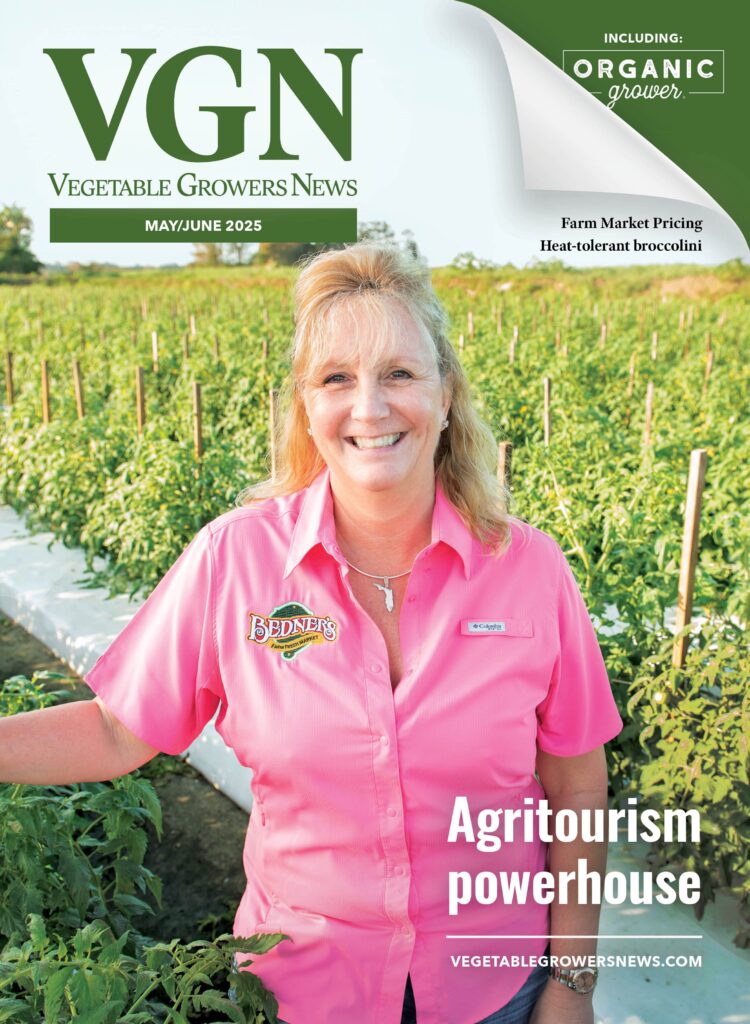
Jun 8, 2020Raised beds on fine-textured soils impact marketability
Young growers without a lot of land may not have many choices on where to grow vegetables and may even try to grow carrots on fine-textured soils. Can growing the carrots in raised beds improve production on those soils?
Research underway at the University of Minnesota’s Southern Research and Outreach Center at Waseca, Minnesota, is trying to find out.

“The impetus to look at raised beds came from talking to beginning vegetable growers,” said Charlie Rohwer, a researcher in horticultural science at the University of Minnesota. “Raised beds have more loose soil, should have better carrot growth and a lower cull percentage.”
The study began in 2018 and the first year evaluated varieties for suitability in the study. Many were eliminated because they were too long season for southern Minnesota. “We used 2018 to narrow the field,” Rohwer said.
The beds in the study are about 2.5 feet wide, 5 feet apart and 4-6 inches tall. The soils at Waseca are very fine-textured.
Naval, Envy and Cupar are the three varieties still being evaluated. Envy has a 66-day maturity, Naval a 72-day maturity and Cupar a 95-day maturity. Cupar is a Chantenay carrot. All three varieties tend to do well on mineral soils.
An early indication from the 2019 research is that planting population is key on raised beds. “Cupar is a Chantenay type and was planted at a much lower population,” Rohwer said. It was planted at 236,000 to 300,000 seeds per acre. Entry and Naval were planted at 520,000 to 740,000 seeds per acre.
In general, there were about 10,000 more marketable carrots per acre on raised beds in the higher population ranges of each variety. Raised beds made no difference in the number of marketable carrots per acre at lower populations.
 Raised beds also made no difference in the total marketable yield per acre – at any plant population. However, higher populations increased marketable yield by a little more than 1.5 tons per acre over lower populations.
Raised beds also made no difference in the total marketable yield per acre – at any plant population. However, higher populations increased marketable yield by a little more than 1.5 tons per acre over lower populations.
On average, Cupar produced about 15 marketable tons per acre in 2019. This compared to a high of less than 10 tons per acre for Naval and about six tons per acre for Envy. “Cupar had larger carrots with fewer culls and that’s why it had a higher marketable yield,” Rohwer said.
Despite no difference in the total marketable yield from being grown on raised beds, the higher number of marketable carrots per acre may be an advantage in certain markets.
The study also found the soil was less compacted in the raised beds to a depth of nine inches. The raised beds also likely provided better drainage and a faster soil warm-up early in the season – a big plus in Minnesota.
“Raised beds seem to make a difference in carrot size and culls, but we’re finding the choice of variety seems to make the biggest difference,” Rohwer said.
The research is being repeated in 2020 and more answers will likely emerge.
— Dean Peterson, VGN correspondent
















